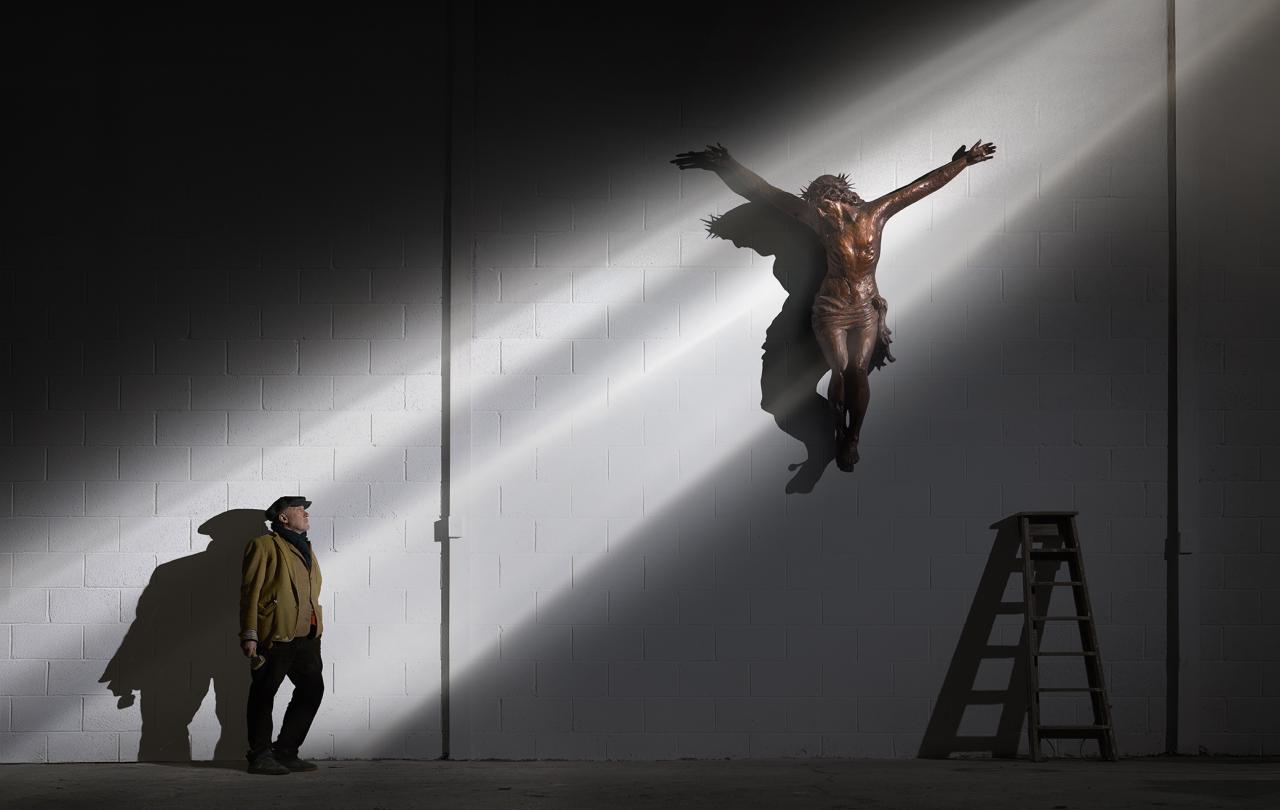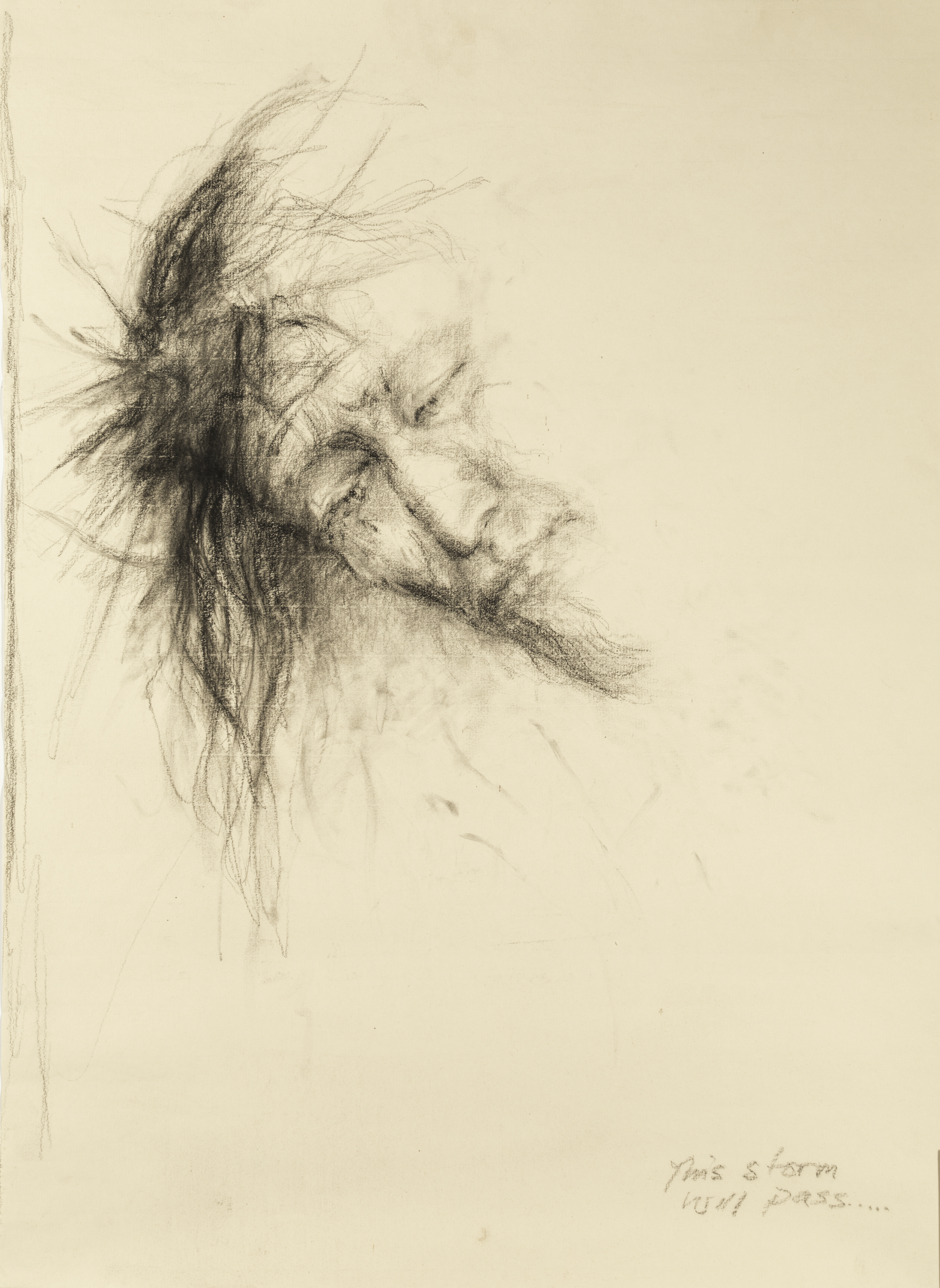The seeds of faith were sown in the life of Nic Fiddian Green by his father. As he has explained recently, he “was shown a way and a faith, and an understanding around the faith of Christianity, in the way my father lived”.
Later, his wife-to-be, Henrietta Hutley, asked him to help create Stations of the Cross for the Wintershall Estate in Surrey where, today, The Nativity and the Life of Christ are regularly performed. Henrietta’s father, Peter, wrote and brought The Passion of Jesus to Trafalgar Square, while her mother, Anne, had the vision for the Stations of the Cross project after a life-changing visit to Medjugorje.
Fiddian Green says that “The Face of Christ has been with me for over 40 years” and that he has “searched for His face through my art as part of my spiritual journey, and also in the work of many others – especially Renaissance artists like Giotto, Piero della Francesca and Michelangelo”.
Fiddian Green, who is internationally celebrated for his monumental equine sculptures, has created a deeply personal and spiritually resonant exhibition entitled The Face of Christ. The exhibition features 20 new sculptures including works in bronze, copper, lead, marble, plaster, and silver, together with a series of drawings. The exhibition ranges from the Nativity to the Resurrection but focuses primarily on the crucifixion.
The exhibition is deeply personal for Fiddian Green because it is informed by the harrowing encounters he had with an array of life-threatening illnesses a few years ago. These caused an obvious and honest creative re-assessment and it is from these experiences that a stronger, deeper and more contemplative vision has emerged. One that permeates the new work via modes of stillness and reflection.
The Face of Christ offers a profoundly meditative engagement with the image of Christ, capturing a sense of serenity, resilience, and transcendence in bronze and stone. In these works, he shows us how his spirit and his faith help him triumph over the physical as he explores the enduring power of faith, suffering and redemption. In the eyes of his work, we feel pain, strength, fear, wisdom and more as he asks questions of the viewer that leave a powerful and spiritual resonance.
Fiddian Green says: “These works are a reflection of my journey of faith. I have come to find that His power to elevate us underpins everything I strive to do and The Face of Christ is an attempt for me to convey in my work all that He conveys in my heart. Christ gives me the key, but will I open the door…?”









